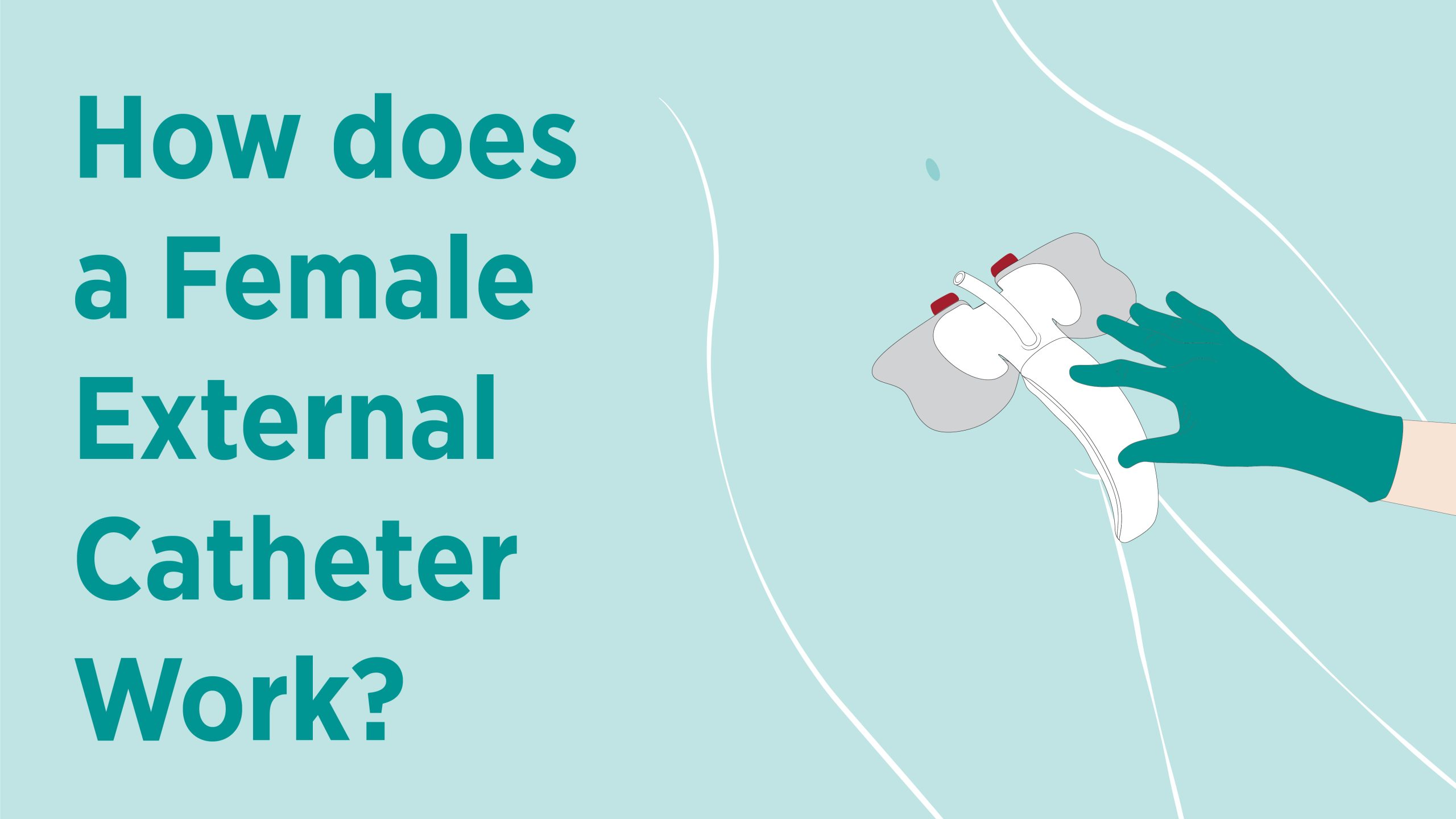Indwelling Urinary Catheters (IUCs) have been the primary means of urine management across the continuum of care for over a hundred years. These catheters are built on a simple principle of urine drainage from the bladder through a transit tube. The 3 major components of a urinary catheter are an indwelling balloon to anchor the IUC inside, a transit tube usually made with silicone to divert urine from the bladder through the urethra, and an external drainage bag to collect and measure the urinary output.
While IUCs were vastly used as the preferable means for urine management, especially in the intensive care setting, recent studies have shown that IUCs are responsible for over 75% of all Urinary Tract Infections or UTIs acquired in the hospital system. Indwelling catheters increase the risk of acquiring UTIs by 3-7% each day. This led to the need for external means of urine management, especially for critical and acute care settings.
Existing external catheters for the female anatomy work on the principle of absorption/wicking/collection and diversion of the urine output with negative pressure suction. QiVi is a truly external Female Urine Management device that has 3 major components – A urine collection chamber that contours over the labia to collect the urine, a novel, derma-friendly silicone-based adhesive that anchors the device at the suprapubic region, and a cranial suction tubing that connects to a suction source to divert urine away from the body.
The adhesive – Some existing external urine management devices require the parting of labia to anchor the device close to the anatomy. If these external devices require parting of the labia, are these catheters truly ‘external’? QiVi Female External Catheter uses a novel derma-friendly adhesive that offsets device anchoring at the less sensitive area of the suprapubic region. The adhesive is ergonomically designed to provide adequate anchoring on all body types and in the presence of minor-moderate hair follicles. It is a water-resistant adhesive and leaves no residue even when used for an extended period.
The urine collection chamber – While managing urinary output with external catheters it is essential to keep the anatomy dry and minimize contact with urine. The QiVi Female External Catheter is designed with a specially engineered hydrophobic polymer that channels the urine away from the anatomy and closer to the integrated suction tubing while keeping the skin dry.
The design – QiVi has a unique design that adds flexibility to the device. While the caudal end of the device is anchored at the perineum, the adhesive at the cranial end ensures anchoring in the suprapubic region. For patients with varied anatomic sizes and shapes, QiVi’s flexible design ensures that the urine collection chamber contours snugly over the urethral opening.
The Tubing – The QiVi Female External Catheter houses a cranial suction tubing that diverts urine from the urine collection chamber into the collection canister with the help of negative pressure suction. External tubing is a source of Medical Device Related Pressure Injuries (MDRPIs) and cranial tubing mitigates risks of injuries as compared to tubing closer to the patient’s legs.
The QiVi Female External Catheter contours snugly over the patient’s anatomy, and the urine collection chamber collects the output and diverts the urine through the tubing with the help of negative pressure suction.
For more information, speak to your local sales rep at [email protected]

